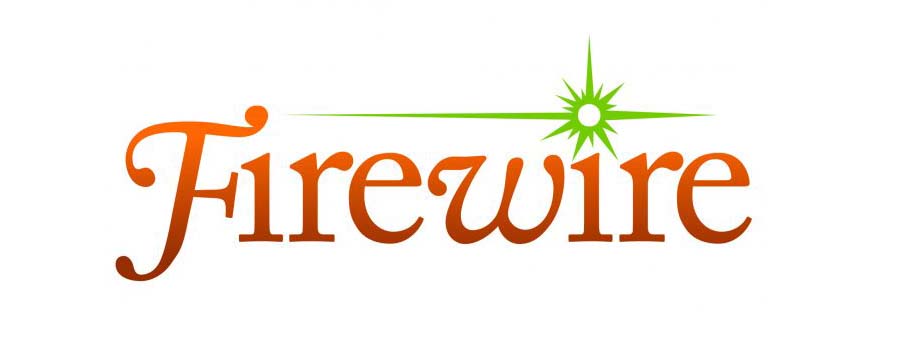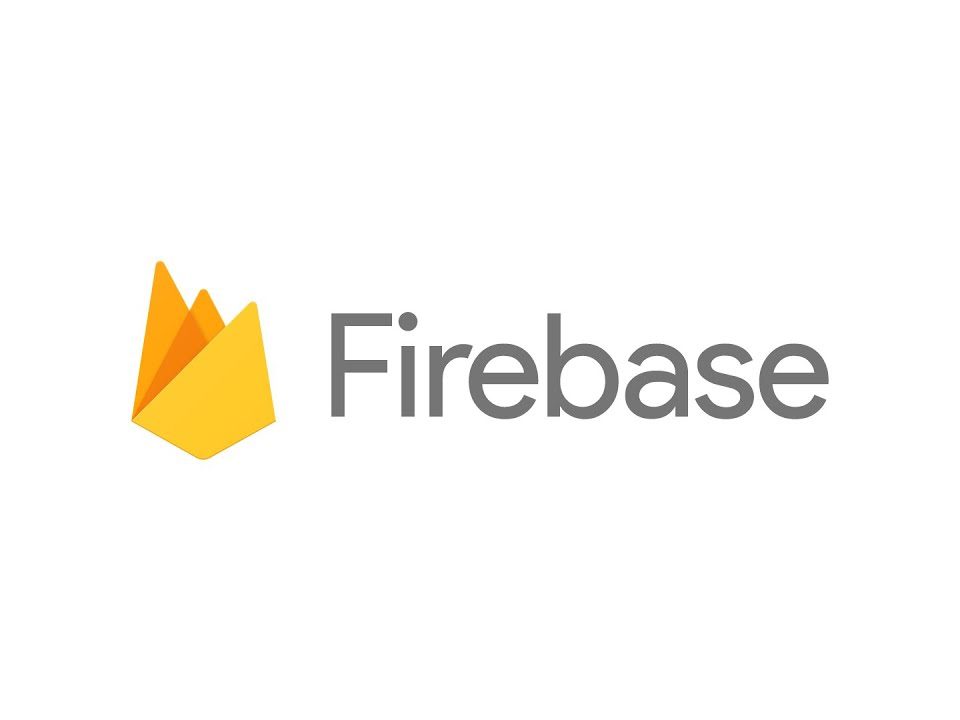What is Firewire?

PHP Framework-CodeIgniter
10th October 2019
Intelligent Automation Technologies
15th October 2019Firewire
FireWire is Apple Computer’s version of a standard, IEEE 1394, High Performance Serial Bus, for connecting devices to your personal computer. FireWire provides a single plug-and-socket connection on which up to 63 devices can be attached with data transfer speeds up to 400 Mbps (megabits per second). The standard describes a serialbus or pathway between one or more peripheral devices and your computer’s microprocessor. Many peripheral devices now come equipped to meet IEEE 1394. FireWire and other IEEE 1394 implementations provide:
- A simple common plug-in serial connector on the back of your computer and on many different types of peripheral devices
- A thin serial cable rather than the thicker parallel cable you now use to your printer, for example
- A very high-speed rate of data transfer that will accommodate multimedia applications (100 and 200 megabits per second today; with much higher rates later)
- Hot-plug and plug and play capability without disrupting your computer
- The ability to chain devices together in a number of different ways without terminators or complicated set-up requirements
How it Works?
There are two levels of interface in IEEE 1394, one for the backplane bus within the computer and another for the point-to-point interface between device and computer on the serial cable. A simple bridge connects the two environments. The backplane bus supports 12.5, 25, or 50 megabits per second data transfer. The cable interface supports 100, 200, or 400 megabits per second. Each of these interfaces can handle any of the possible data rates and change from one to another as needed.
The serial bus functions as though devices were in slots within the computer sharing a common memory space. A 64-bit device address allows a great deal of flexibility in configuring devices in chains and trees from a single socket.
IEEE 1394 provides two types of data transfer: asynchronous and isochronous. Asynchronous is for traditional load-and-store applications where data transfer can be initiated and an application interrupted as a given length of data arrives in a buffer. Isochronous data transfer ensures that data flows at a pre-set rate so that an application can handle it in a timed way. For multimedia applications, this kind of data transfer reduces the need for buffering and helps ensure a continuous presentation for the viewer.



